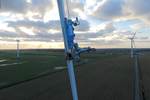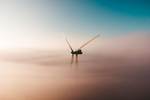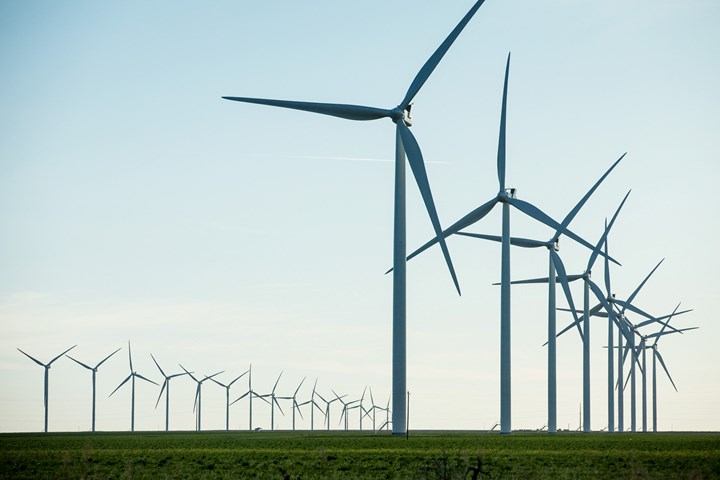Secured orders from Vestas power US wind economy
Wind energy is gaining momentum in the United States, back by six installation orders received by Vestas this past summer.
Wind power remains one of the United States’ fastest growing energy sources, in support of the current administration’s goals for 100% clean electricity by 2035 and a net zero economy by 2050. Vestas (Aarhus, Denmark) is helping to drive this force, announcing six secured orders for U.S. wind project installations between June and August 2023 alone.
These secured orders in the U.S. include:
- A 423-MW order featuring 4-MW platform wind turbines to power an undisclosed wind farm. Turbine delivery begins in 2024 with commissioning scheduled in 2025.
- a 189-MW to power one undisclosed project. The order consists of 45 V150-4.2 MW wind turbines. Turbine delivery is expected to begin in Q1 2024 with commissioning scheduled for the Q2 2024.
- A 59-MW order from renewable energy asset manager Greenbacker Capital Management to power the Moscow Wind project in Maine. The order consists of 14 V150-4.2 MW turbines. Turbine delivery begins in Q2 2024 with commissioning scheduled for the Q3 2024.
- A 139-MW order to repower a project owned by Vitol in Penn., U.S. The order consists of 68 V110-2.0 MW wind turbines delivered in a 2.05-MW operating mode, which will replace the site’s current Senvion MM92-2.05 MW wind turbines. Turbine delivery begins in Q2 2024 with commissioning scheduled for Q4 2024.
-
A 288-MW order to power two undisclosed wind farms. The order consists of 30 V150-4.5 MW wind turbines and 34 V150-4.5 MW wind turbines for the two projects. Turbine delivery is expected to begin in Q2 2024 with commissioning scheduled for the Q3 2024.
Vestas reports that in the U.S. it has repowered more than 1 gigawatt (GW) of projects in the last five years across all major turbine brands.
For related content:
- TPI Composites and GE are expanding wind blade production in Mexico.
- BlueWind is celebrating a nacelle production milestone.
- An intelligence report suggests U.S. offshore wind is gaining momentum.
Related Content
-
RTM, dry braided fabric enable faster, cost-effective manufacture for hydrokinetic turbine components
Switching from prepreg to RTM led to significant time and cost savings for the manufacture of fiberglass struts and complex carbon fiber composite foils that power ORPC’s RivGen systems.
-
Recycling end-of-life composite parts: New methods, markets
From infrastructure solutions to consumer products, Polish recycler Anmet and Netherlands-based researchers are developing new methods for repurposing wind turbine blades and other composite parts.
-
Drag-based wind turbine design for higher energy capture
Claiming significantly higher power generation capacity than traditional blades, Xenecore aims to scale up its current monocoque, fan-shaped wind blades, made via compression molded carbon fiber/epoxy with I-beam ribs and microsphere structural foam.













